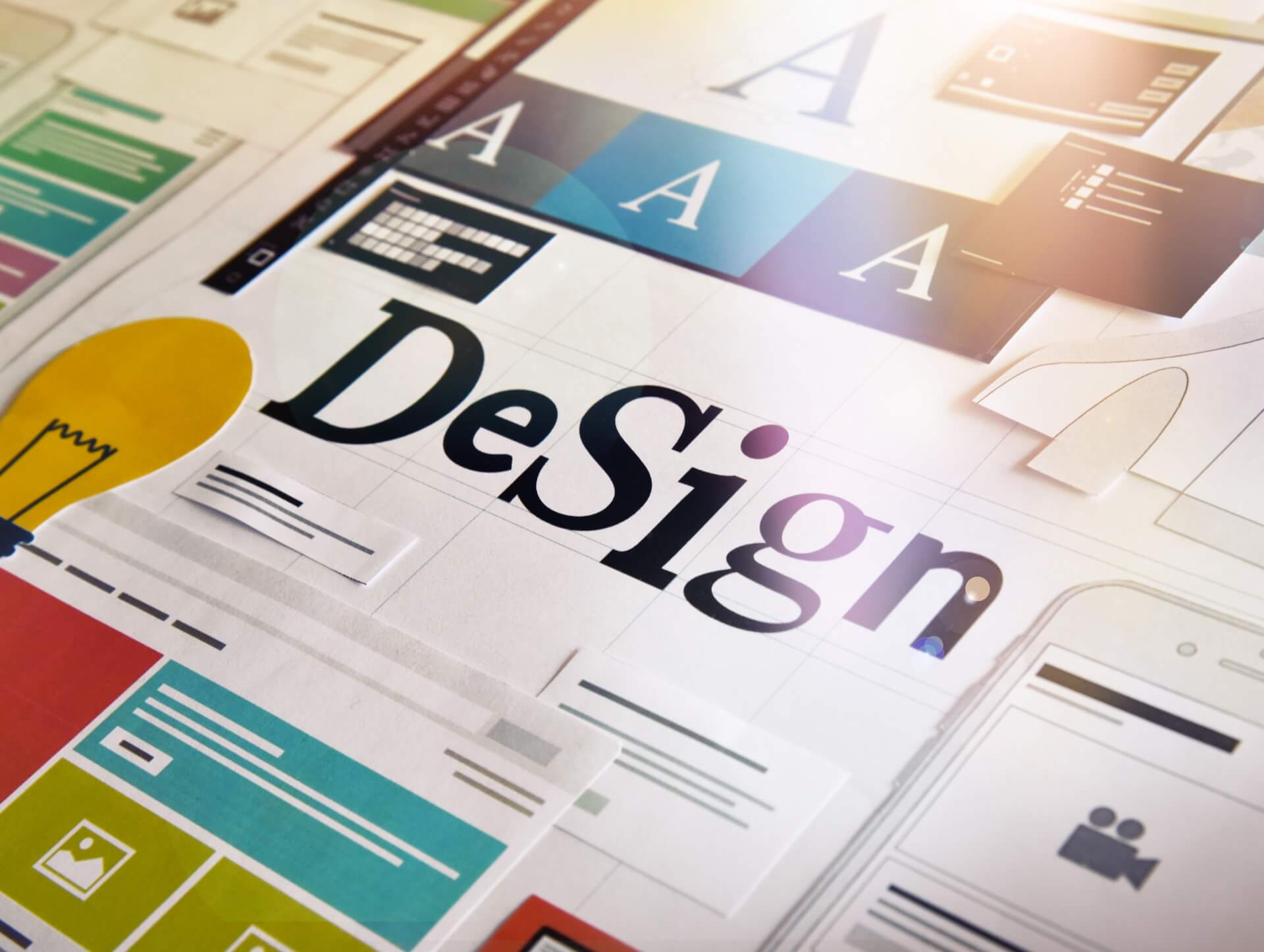The ethical considerations in graphic design

26/08/2023
Introduction
Graphic design is a powerful tool that has the ability to shape and influence our perception of the world. It plays a crucial role in creating brand identities, communicating messages, and delivering visual solutions. However, with this power comes great responsibility. Graphic designers have an ethical duty to consider the impact of their work on society, the environment, and the individuals they serve. In this article, we will explore the ethical considerations in graphic design and the importance of incorporating these principles into our practice.
The Role of Graphic Design
Graphic design is not just about creating aesthetically pleasing visuals. It is about effective communication, problem-solving, and creating meaningful experiences. A graphic designer is a visual storyteller who uses various elements like color, typography, and imagery to convey a message and evoke emotions.
Brand identity is one of the key areas where graphic design plays a crucial role. A strong and consistent brand identity helps businesses establish a unique and recognizable presence in the market. It encompasses everything from the logo and website design to packaging and marketing materials. Through custom designs, a graphic designer can help businesses create a visual identity that reflects their values, personality, and mission.
Monthly Design Services offer a cost-effective solution for businesses that require ongoing creative support. By partnering with a graphic designer on a retainer basis, businesses can ensure brand consistency and access design expertise whenever needed. Design retainers provide a dedicated designer who can collaborate with the business on a regular basis, offering tailored design solutions and unlimited revisions.
The Importance of Ethical Considerations
When we talk about ethical considerations in graphic design, we are referring to the moral principles that guide our decision-making process. It is about being mindful of the impact our work can have on society, the environment, and the people we serve. Ethical graphic design goes beyond aesthetics and focuses on creating designs that are responsible, inclusive, and sustainable.
Responsibility towards Society
Graphic designers have a responsibility towards society to create designs that promote positive values and contribute to the well-being of individuals. This involves avoiding designs that perpetuate harmful stereotypes, promote violence, or spread misinformation. It also means using design as a tool for social change, by creating visuals that raise awareness about important issues and inspire action.
Design consultation is an important aspect of ethical graphic design. By working closely with clients and understanding their values and goals, a graphic designer can create designs that align with their vision and resonate with their target audience. Creative collaboration is key to ensuring that the final design reflects the client's values while also meeting ethical standards.
Responsibility towards the Environment
Graphic design can have a significant impact on the environment, from the choice of materials used for printed designs to the energy consumption of digital platforms. Ethical graphic designers strive to minimize their environmental footprint by using sustainable materials, reducing waste, and promoting digital solutions whenever possible.
Ongoing Creative Support can also contribute to environmental sustainability. By working with a dedicated designer on a retainer basis, businesses can reduce the need for multiple design projects and revisions, resulting in less waste of resources. Design maintenance is another aspect of ethical graphic design, as it involves regularly updating and optimizing designs instead of creating new ones from scratch.
Responsibility towards Individuals
Graphic designers have a responsibility towards the individuals they serve to create designs that are inclusive and respectful. This means avoiding designs that discriminate against any individual or group based on factors such as race, gender, religion, or disability. It also means considering the accessibility of designs, ensuring that they are easily understandable and usable by all.
Dedicated Designer Access is a valuable service that ensures ongoing design support for businesses. By having a dedicated designer who is familiar with their brand and target audience, businesses can create designs that are tailored to their unique needs and preferences. This personalized approach helps to build trust and establish long-term relationships with clients.
Conclusion
Incorporating ethical considerations into graphic design is crucial for creating designs that have a positive impact on society, the environment, and the individuals we serve. By being responsible, inclusive, and sustainable in our practice, we can use the power of graphic design to inspire change, promote positive values, and create meaningful experiences. Whether through monthly design services, design retainers, or ongoing creative support, ethical graphic design is a commitment to using our skills and expertise for the greater good.
Contact us

Spanning 8 cities worldwide and with partners in 100 more, we’re your local yet global agency.
Fancy a coffee, virtual or physical? It’s on us – let’s connect!

